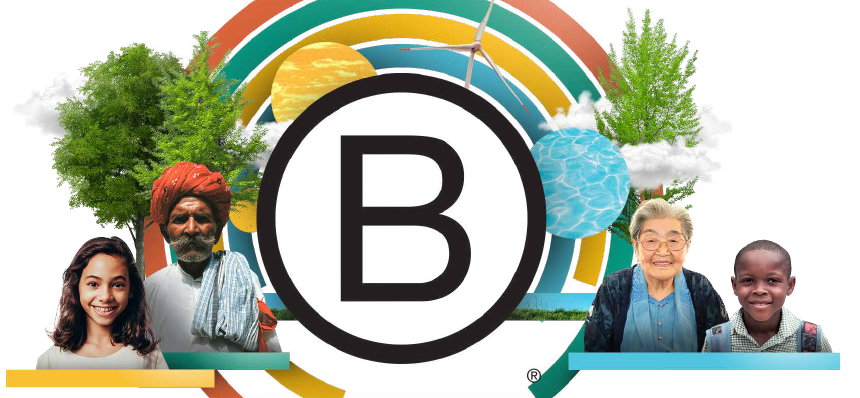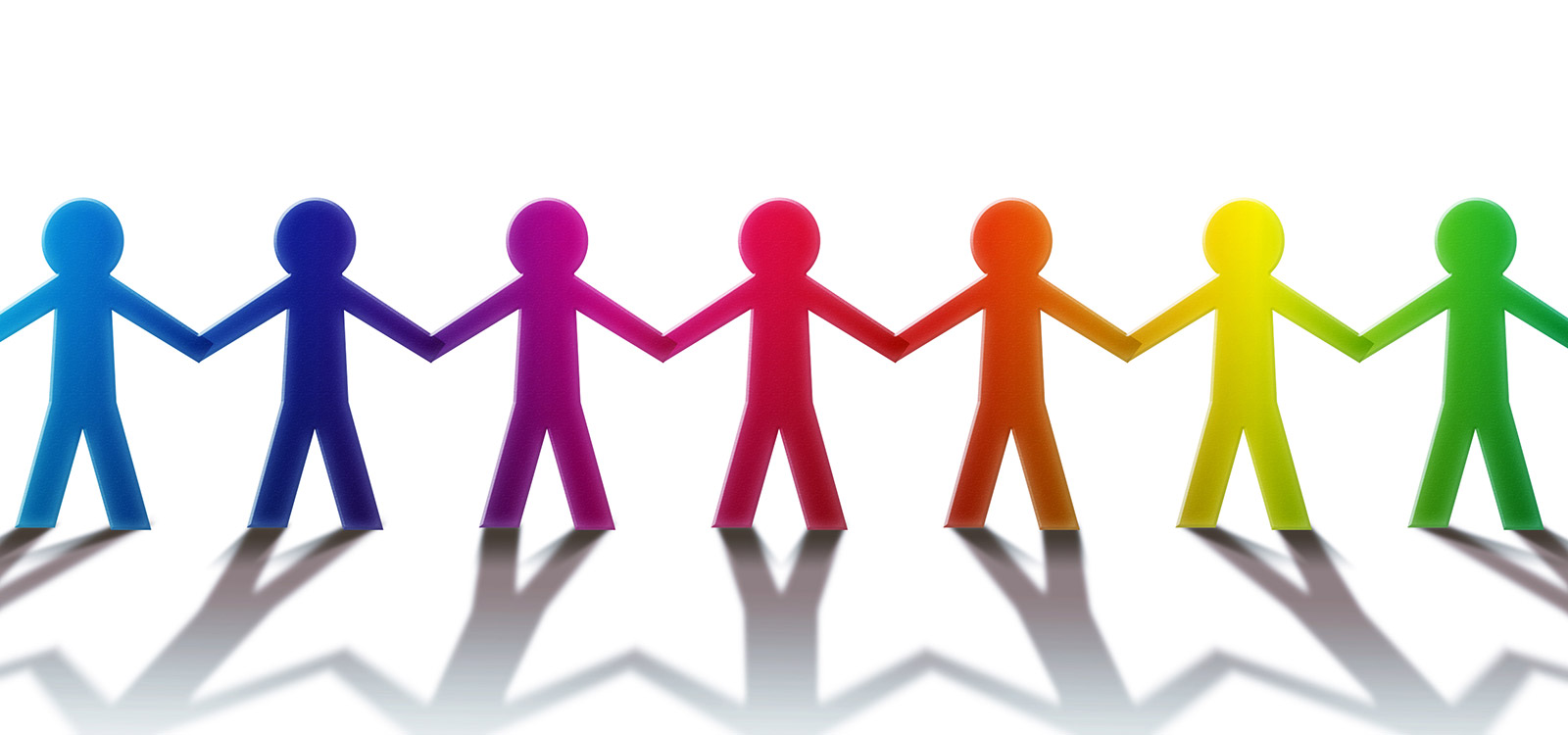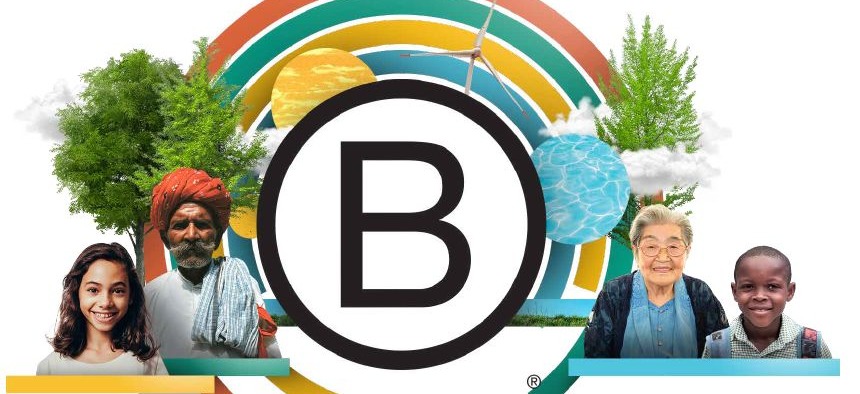CORONA AND RESILIENCE
Resilience: good self-management in the times of Corona

Resilience: good self-management in the times of Corona

The following chapter is an excerpt from the book “Coaching und seine Wurzeln” (Coaching and its Roots)

Leadership Choices became the first German coaching company to join the global B Corp movement in March 2024 - what's that all about?

Contrary to all attempts to flatten or even abolish hierarchies, they persist as an organizing principle in companies and corporations. Obviously, they fulfill an important function, regardless of whether they are imposed from above or developed informally through self-organization. Hierarchies seem to be indispensable to accomplish goals together with others. They fulfil not only an organizational but also a human need for order and orientation as well as the allocation of responsibility.

A corporate culture that recognizes death and grief fosters a supportive and empathetic working environment, strengthening employee loyalty. When an organization cares about their well-being and offers support in difficult life situations, employees feel seen and valued.

The large number of employees also makes a code of conduct unavoidable. In many places, this also includes values that are desirable and are even used to assess employees and managers.
What happens time and again in everyday organisational life is that values are set in the hope that they will have an immediate generative effect. Values are therefore often highlighted in management workshops, propagated in training sessions or strived for by senior management. This is particularly noticeable when a change project is announced that is based on establishing new, better values: ‘We need to become more effective, more innovative, more entrepreneurial, more agile, build a culture of error, become a family, drive cultural change.’
General lack of understanding of the importance of values

In March, our Managing Partner Karsten traveled to Kyiv, the capital of Ukraine, to kick off the cooperation between the Cosmikk Foundation and our new project partner, Future For Ukraine Foundation (FFU).

Last week, on March 19, 2024, I traveled to the capital of Ukraine to kick off the cooperation between the Cosmikk-Foundation and our new project partner, Future For Ukraine Foundation (FFU). The Cosmikk-Foundation, founded by my colleague Uwe Achterholt and myself, provides NGO leaders free access to high-quality coaching. FFU provides prosthetics to wounded soldiers, psychological counseling to women who experienced sexual violence, and social support to children with mental health issues.
Olena, president of FFU, and I had met in Warsaw back in January of 2024. Our teams had been working on finalizing the agreements to work together for some months. When we first met, Olena had invited me to join the premiere of a documentary on their work in March, and we agreed to combine it with a signing ceremony to kick off our joint project. Here are some of my impressions from this trip that changed and widened many of my perspectives, brought me new friends and simply changed my life.

How It All Began
How do people manage to develop their full potential under the most difficult circumstances? And what can managers learn from these people? We have spent over a decade researching and working with countless managers to identify the individual factors that have a positive or negative impact on their crisis resilience. And we developed a scientifically sound procedure to measure the protective and risk factors, because skills can only be strengthened if they are recognized as relevant and if can be influenced. We are now in a position to present initial research data that provides exciting insights into the connection between crisis resilience and management careers.

Nestled away in Wiesbaden, Germany, a city known for its famous mineral springs and for being the state capital of Hessia, is a professional services company with a global reach. With 150 coaches based in 27 countries (and fluent in 15 languages), Leadership Choices works with organizations around the world, coaching their leaders to be more resilient, supporting their teams to develop more psychological safety, and helping their people to build more humane company cultures.